Reviewed by Meg Flores
Apple's next major leap into wearable technology is generating serious buzz, and for good reason. Apple is reportedly scrapping plans for its rumored Vision Air headset in favor of developing its first pair of smart glasses that could challenge Meta's momentum in wearables, a clear shift in the company's AR strategy. The smart glasses are expected to be announced in 2026 with an official launch following in 2027, mirroring the two-stage rollout we saw with the Vision Pro.
What we know about Apple's smart glasses strategy
Apple is not chasing full AR on day one. The device is described as a lightweight pair of spectacles designed to integrate digital features into everyday life, though analysts caution that the early version is unlikely to deliver full augmented reality capabilities. It's expected to act mainly as a companion device tied closely to existing Apple hardware.
Think more Ray-Ban than Vision Pro. Apple is preparing a simpler model without transparent AR displays, focusing on core functionality that actually works. The device is expected to feature cameras, audio functions and integration with the iPhone, which puts it squarely against Meta's current lineup.
Reporters say Apple is developing custom low-power silicon for the glasses that is based on the energy-efficient S/Watch family architecture used in the Apple Watch — a design choice intended to handle multiple cameras and camera-side AI while preserving battery life, according to Bloomberg/Reuters reporting. It builds on years of miniaturization, the ultra-efficient architecture that gives the Apple Watch all-day battery while powering health sensors, GPS, and cellular. By leaning on that proven base, Apple can push camera processing and AI without the bulk and battery drain that sink other smart glasses.
The timeline tracks with Apple's measured playbook. Apple is not expected to launch any new head-mounted devices in 2026, and the focus shifts to getting the fundamentals right before a 2027 debut.
The rumored feature lineup that could change everything
The early picture sounds refreshingly practical. Early leaks suggest the AI glasses will focus on lightweight design, affordable pricing, and AI integration, exactly what the market needs.
Features may include real-time language translation, contextual notifications, hands-free navigation, and enhanced accessibility tools. The translation angle alone feels huge for travelers and international teams. Imagine walking through Tokyo and having signs translated and whispered in your ear, or holding a conversation with real-time interpretation flowing through the glasses' audio.
The hardware story stays grounded. Cameras for video capture and environmental sensing, alongside audio systems for playback or spatial sound are expected. Analyst Ming-Chi Kuo and others project Apple could ship roughly 3–5 million pairs in 2027 if mass production scales as expected, with core features including audio playback, camera, video recording, and "AI environmental sensing."
Such devices could potentially replace some TWS and smartphone camera functions. See a moment, tap the frame, capture it. Take a call, let the built-in audio handle it, no AirPods needed.
Style matters too. The glasses will likely offer multiple frame and temple material options, a nod to fashion as much as function.
How Apple Intelligence will power the experience
This is where Apple's AI push snaps into focus. The rumored AI glasses will focus on real-world utility and seamless integration with iOS, so expect the same Apple Intelligence features rolling out across iPhone and iPad.
Apple Glasses are expected to incorporate Apple Intelligence capabilities, and with a built-in camera, the glasses could capture images of the surrounding environment, gather contextual data, and assist users by providing relevant information. Think of the Visual Intelligence demos on iPhone 16, just more ambient.
Power matters. AI functionality is crucial to product success, and Apple's developed custom silicon inspired by the Apple Watch addresses the battery life constraint in current AI glasses. The goal is simple, keep them light and useful all day.
The ecosystem piece could be the ace card. Apple Glasses are expected to pair effortlessly with iPhones via Bluetooth, using the smartphone's processing power and connectivity. Offload the heavy lifting to your phone, keep the glasses comfortable, and avoid another device to micromanage.
Interaction should feel natural. The glasses will use voice control and gesture recognition user interface, not a brand-new language of taps and twists.
The competition landscape and what it means for consumers
Apple is not walking into an empty room. Meta has been investing in the metaverse and its line of smart glasses and VR headsets, and the head start is real. EssilorLuxottica — the manufacturing partner behind the Ray-Ban Meta glasses — has said more than 2 million pairs have been sold since the October 2023 debut.
Still, Apple tends to change the weather. The global smart glasses market was valued at $1.93 billion in 2024 and is projected to reach $8.26 billion by 2030. Apple's entry is expected to push total market shipments for this category beyond 10 million units in 2027, a sign this category is about to tip.
Pricing for Apple Glasses is speculated to start at $600 or higher, putting them above Meta's $299 to $379 Ray-Bans. The bet is familiar, tighter AI integration, better build, and the kind of ecosystem handoff you cannot get elsewhere.
Apple has played this game before. The company entered wearables with the Watch and reset expectations. Apple's pivot toward AI glasses is seen as a direct challenge to Meta's strategy, which should spark a fast cycle of features across the board.
Meta currently offers real-time language translation for English, French, Italian, and Spanish, plus Shazam integration for music identification. Apple will need to match that baseline and then lean into its strengths, deeper iOS hooks and more sophisticated on-device AI.
What this means for the future of Apple's ecosystem
Zooming out, Apple's smart glasses look less like a one-off and more like a new layer of daily computing. Most analysts see the glasses as a stepping stone, not a replacement for smartphones, at least at first.
The ambition, though, is bigger. Apple views head-mounted devices as the next major trend in consumer electronics, and the company currently has at least seven projects in development, comprising three Vision series products and four smart glasses variants. This is a platform, not a side project.
The roadmap stretches beyond 2027. Extended reality glasses with a built-in see-through color display will come out in 2028 and will feature AI connectivity. The second generation smart glasses will feature LCoS with waveguide, supporting color display, a meaningful step toward true AR once the tech is ready.
Apple's move aligns with a global tech race to integrate AI into consumer electronics. When your glasses pass tasks to your iPhone, sync context with your iPad, and hand off notifications to your Watch, the whole thing starts to feel less like a gadget and more like a system.
The road ahead: challenges and opportunities
There are real hurdles. Advanced AR features are likely to be delayed until technical hurdles are resolved, which explains the choice to start with basics that work instead of flashy overlays.
Battery life will dictate a lot. The first model is likely to depend heavily on an iPhone for processing power and connectivity, so some features may fade when the phone is not nearby. The absence of visual overlays means the glasses would act more as a lightweight, intelligent accessory than a full AR platform.
That restraint might be the point. Plenty of AR projects promised magic and shipped headaches. Apple seems intent on shipping reliability first.
The 2026 to 2027 window gives Apple time to refine hardware, rally developers, and prove use cases that stick. Nail the essentials, seamless iPhone pairing, all-day comfort, useful AI, and the path to richer features opens up.
This mirrors Apple's usual rhythm. The company tends to arrive slightly later with something more polished, not first with something half-baked. Start with tools that make everyday life easier, then layer in the wow as the tech and the audience catch up. I would bet on that cadence here.




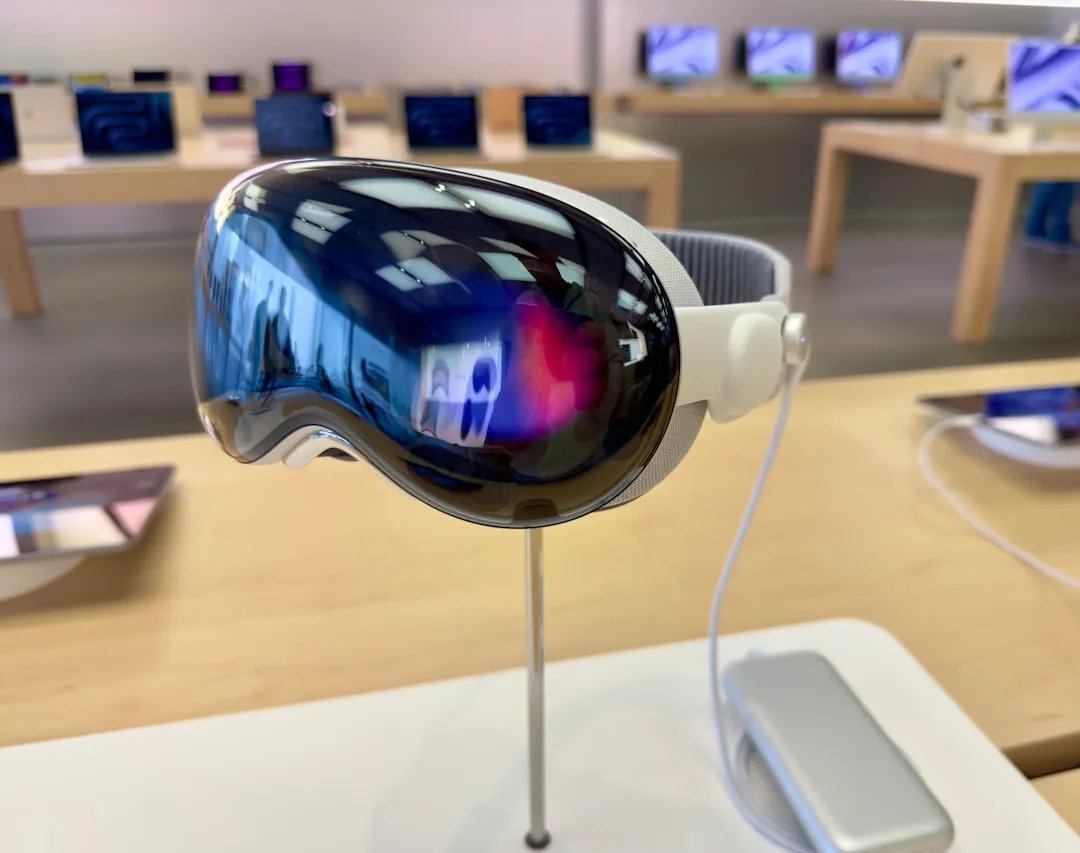

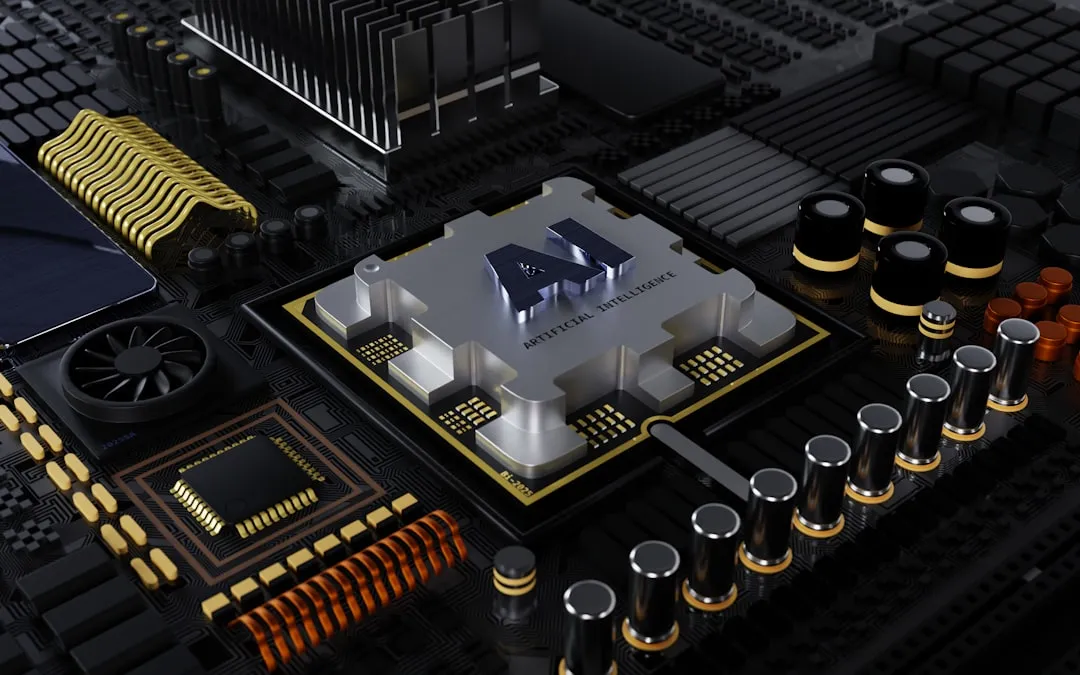
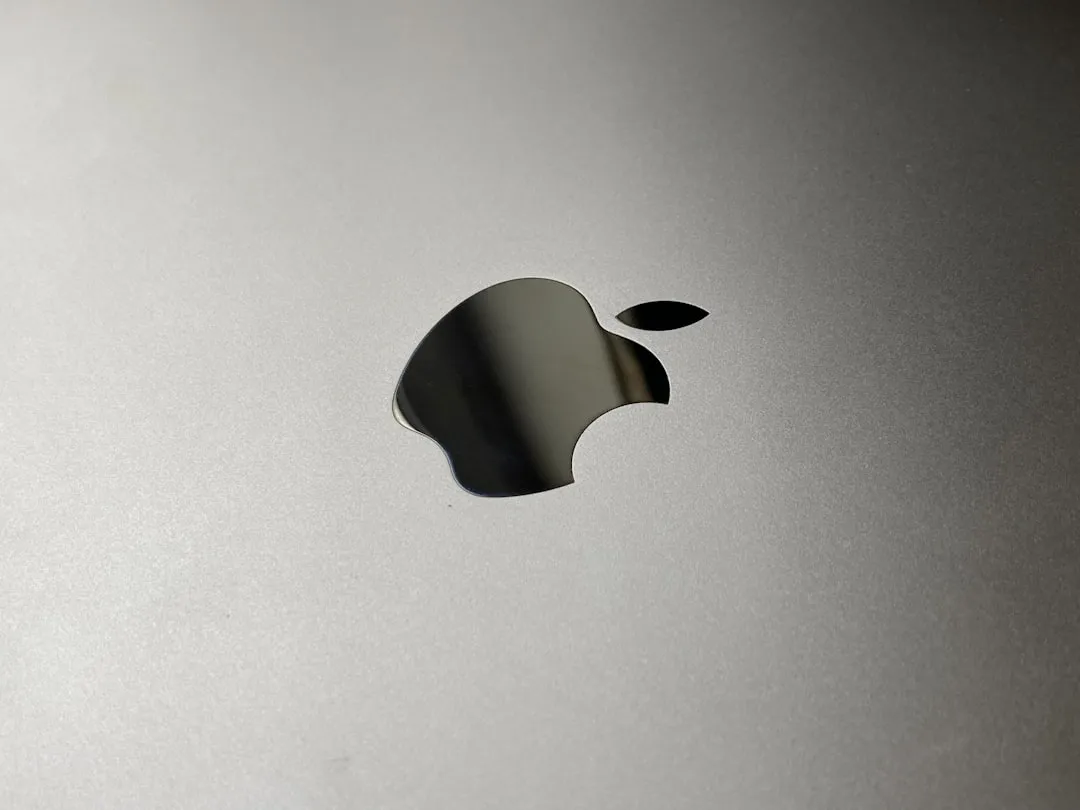
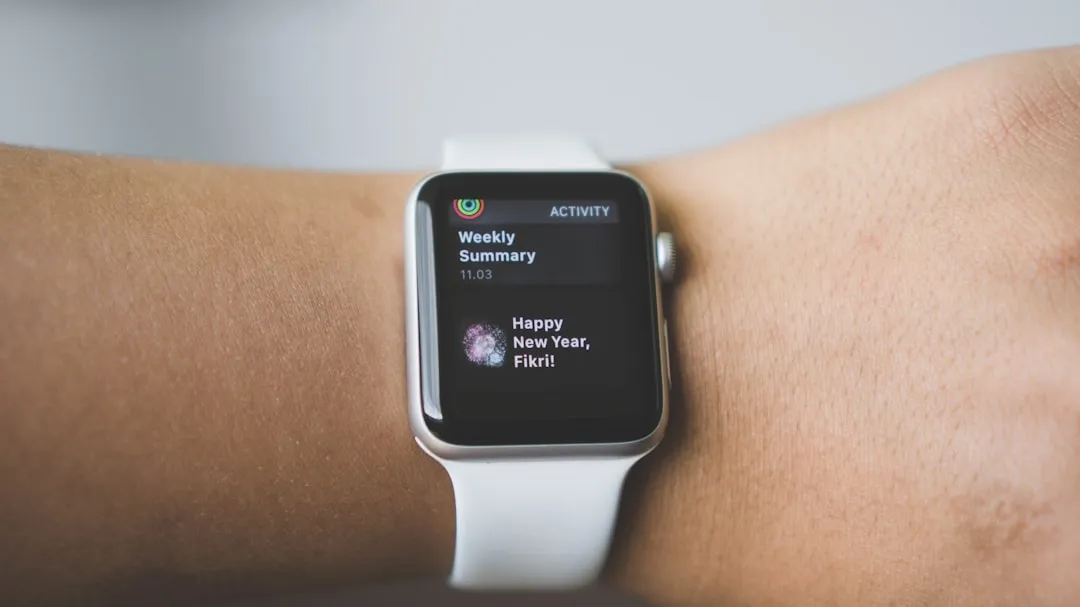
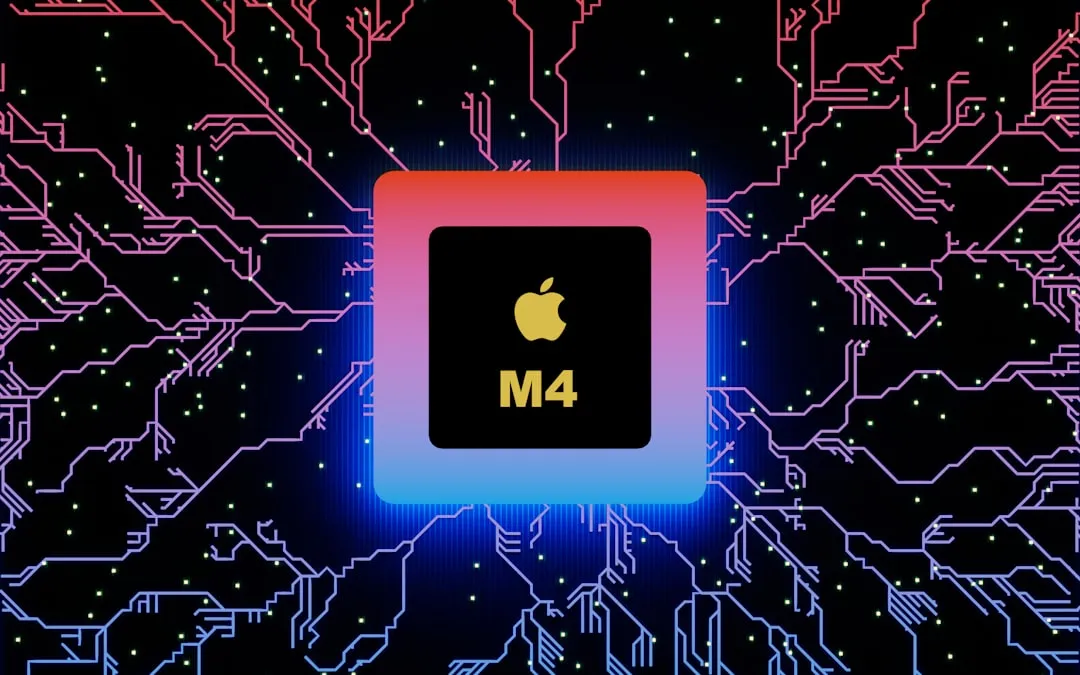



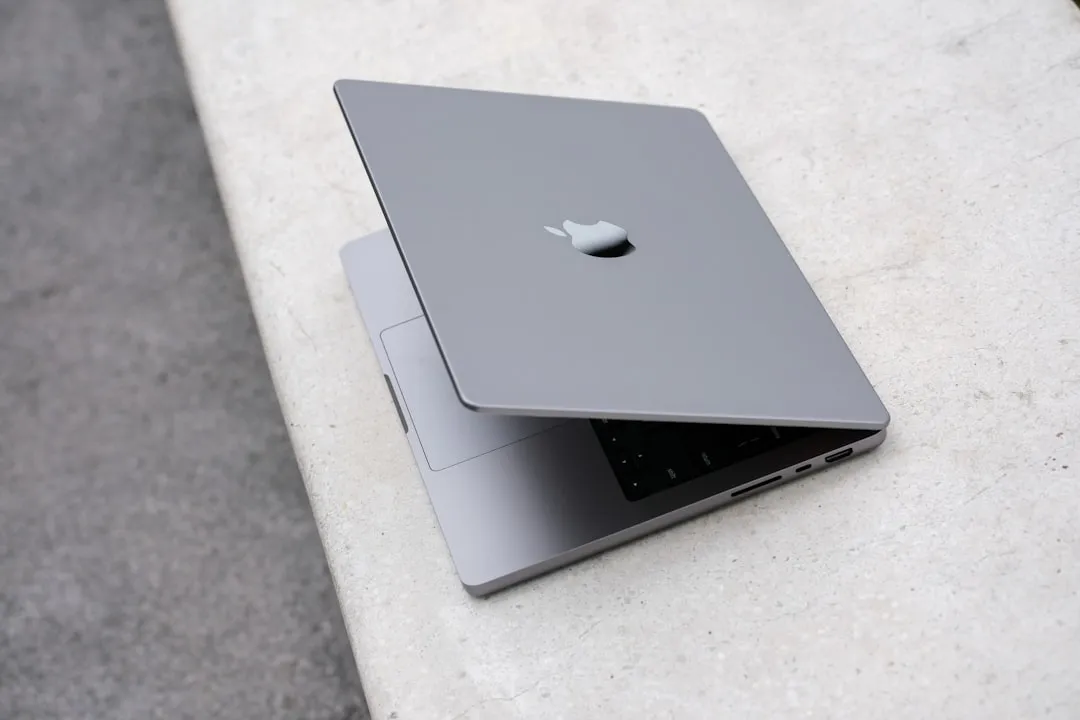
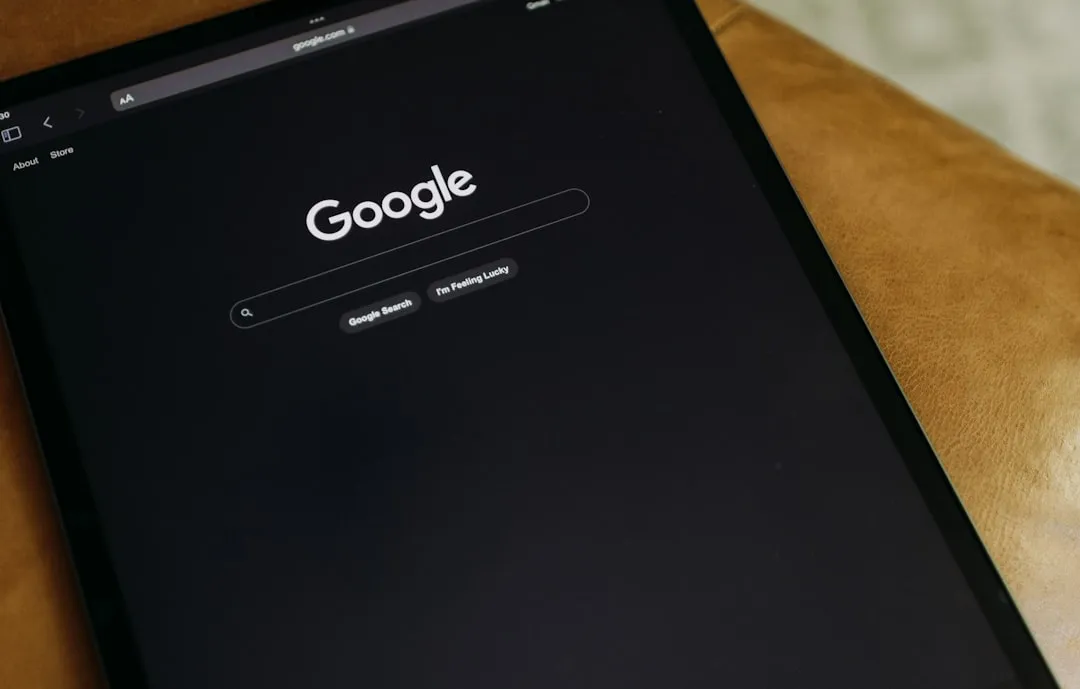

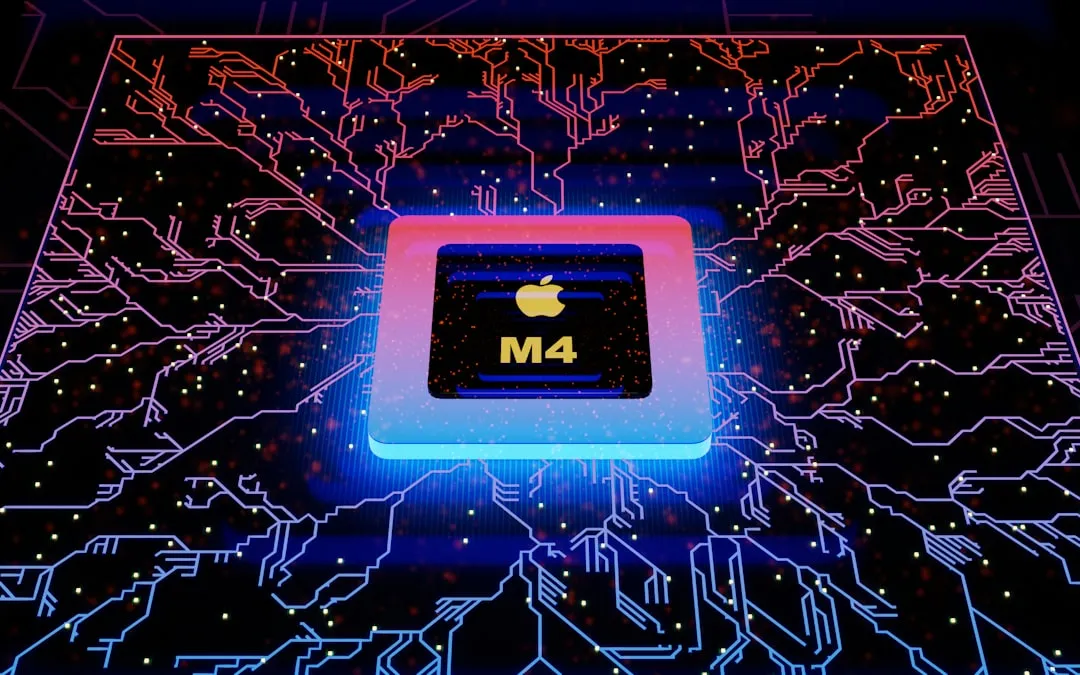


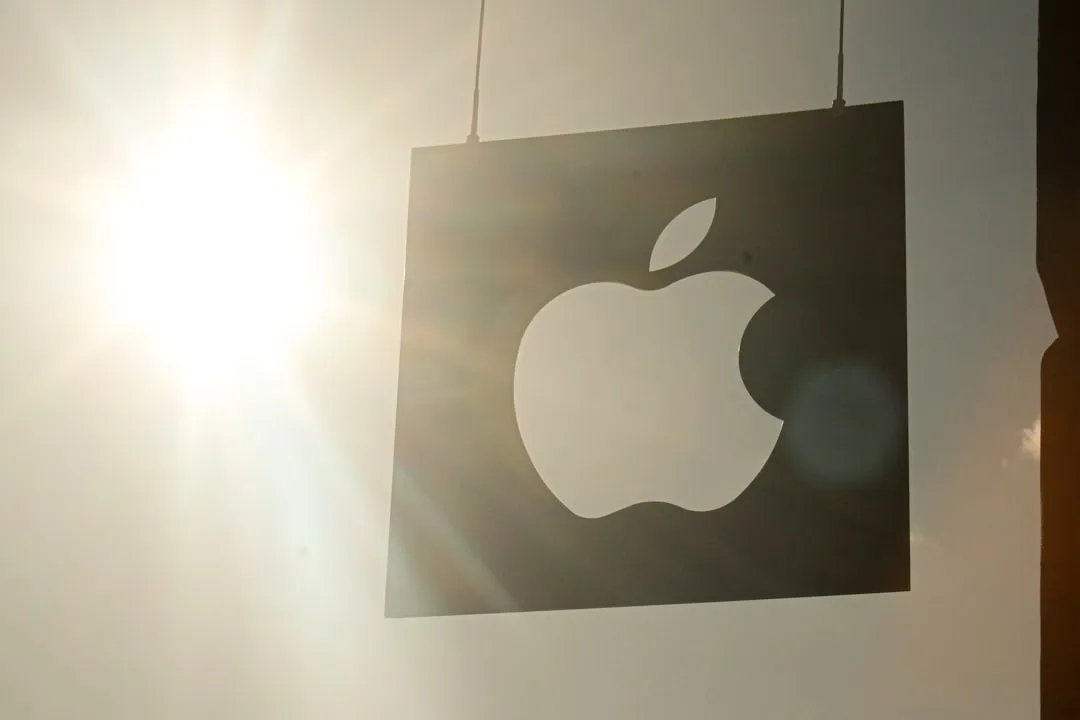
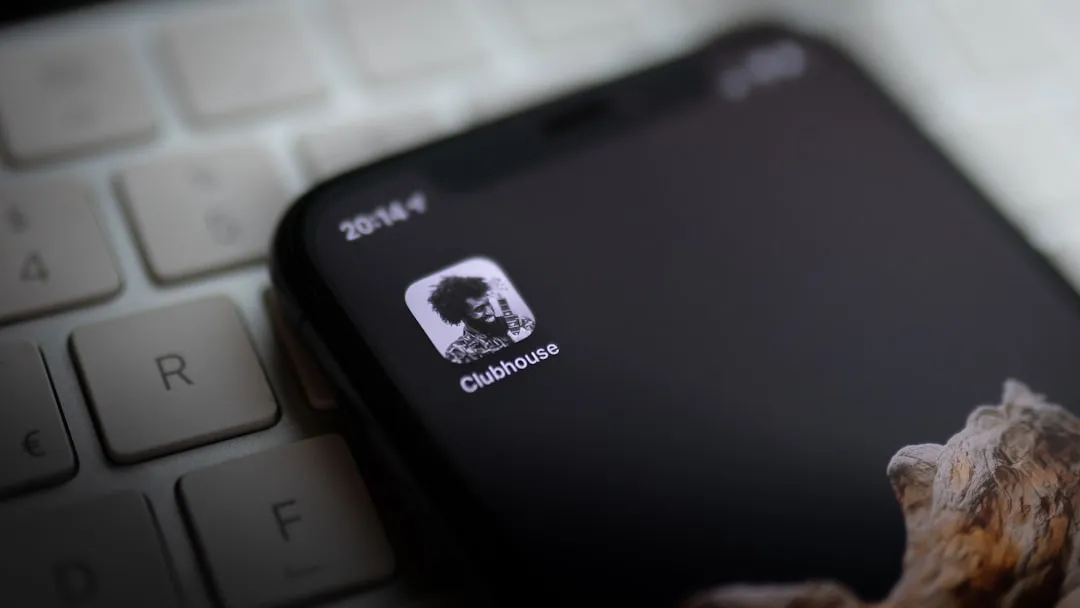
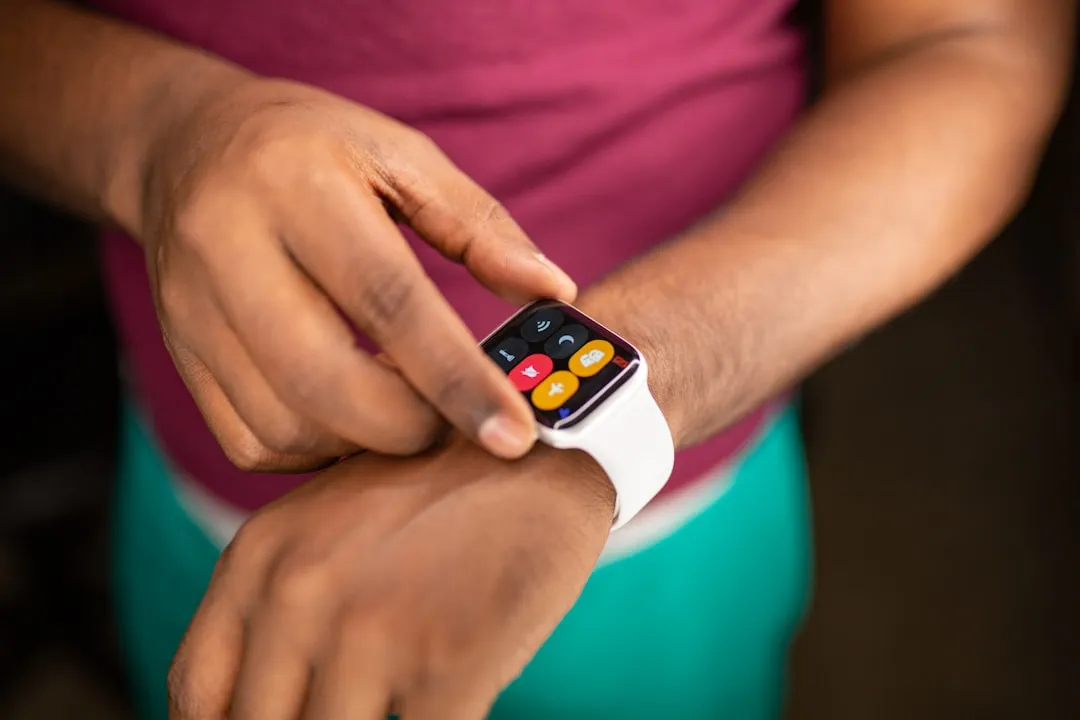
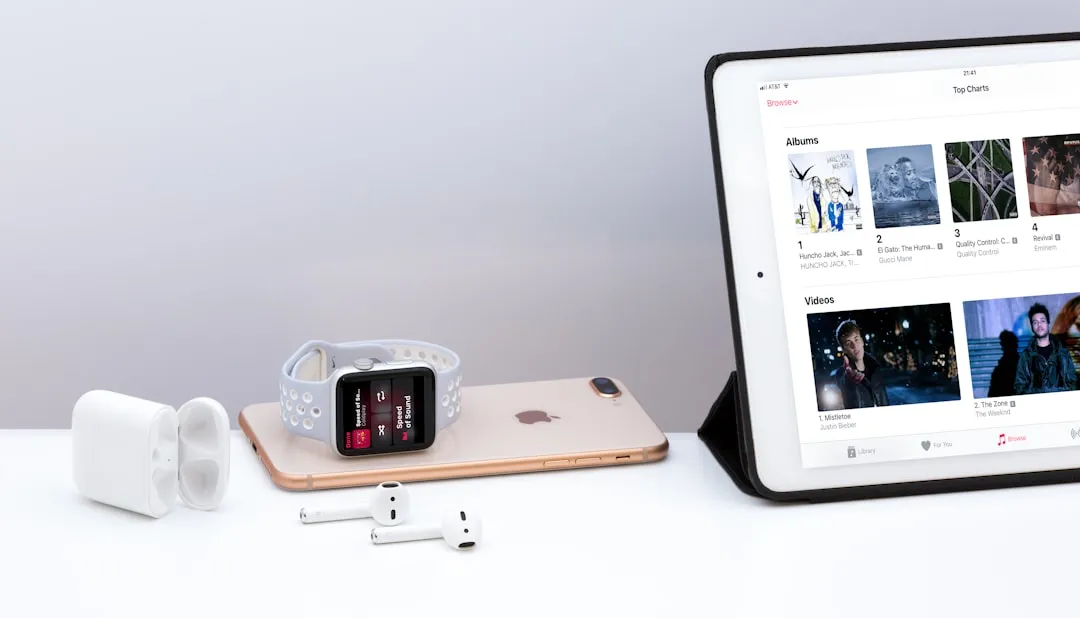
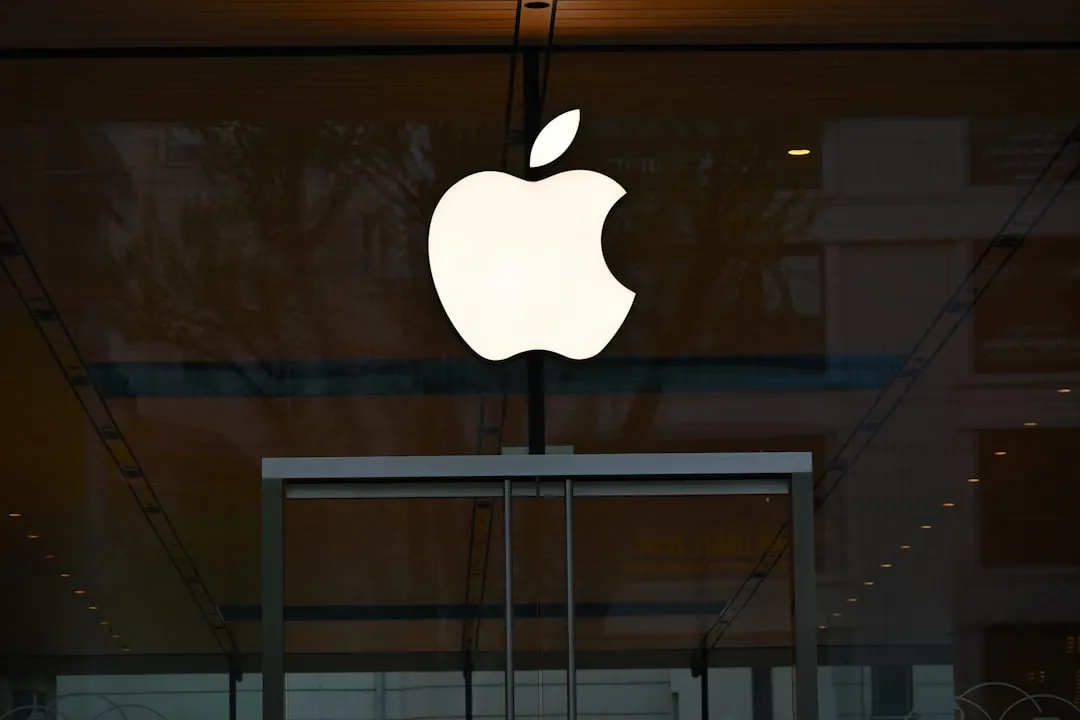

Comments
Be the first, drop a comment!